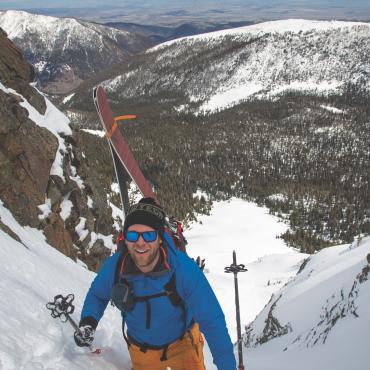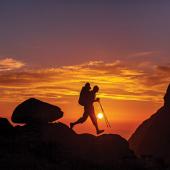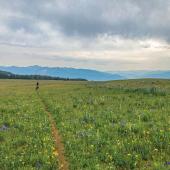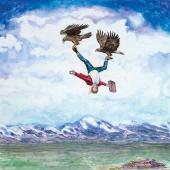Just Like That
Bozeman's time of transition.
Things do not change; we change. —Henry David Thoreau
Last November, I shot a thick-shouldered mule deer buck just before the first snow of autumn barreled into the valley. It was a perfect fall day, surrounded by open space and sky with the peaty brown scent of fall mingling with woodsmoke and wool. The air was cool even as the sun demanded sweat in the way of the season, and with the deer I watched heavy, ashen cloudbanks build against the mountains to the west. Driving home was a white-knuckle sprint, as rain turned to sleet and pavement to ice. And in the morning, my wife and I woke to snow in the trees and crystalline air, and the frigid, cleansing scent of winter. Overnight, everything was changed—everything was different, just like that.
It’s the same way I feel about Bozeman of late. Though I’ve only been here for about 15 years (just 10 more to go before I’m a local), there are places, attitudes, and elemental bits of this place that I hardly recognize anymore. Bozeman has grown—there are thousands more people here now than when my old truck first rolled down the pass. Most of them have come seeking the same things that brought me here: mountains, rivers, recreation, and the intangible romanticism of Montana. These things are real, and all around us. But all of us, every day, are affecting the change that has come to Bozeman. It is a new season for our town.
Some of this change is troublesome. A sour hiker brandishing trekking poles forced me off a mountain-bike trail this summer, despite a polite hello and wide berth—something that’s never been conceivable before. More land that used to be open for hunting is posted closed by out-of-state owners who don’t care for Montana’s rural traditions. It’s nearly impossible for a working person to afford a home here, and the cost of living itself is on the rise. Most troubling of all, it seems that Bozeman is slowly adopting an urban value system. In-town amenities—boutique shops and galleries, chain restaurants, $14 cocktails, and an abundance of “outdoor lifestyle” branded consumerism—seem to be eclipsing the natural splendor and outdoor opportunities that ostensibly attracted all of us here in the first place. Though it pains me to write it, Bozeman is in danger of becoming a caricature of its former self, complete with designer belt buckles, distressed western boots, and cooler-than-thou affectation—a franchised “mountain town.”
On the other hand, there are more trails, better access, and greater diversity of recreational—and professional—opportunity than ever before. The university is strong and growing by leaps and bounds. Bozeman is a well-known destination for outdoorspeople from all over the world. And we get to call it home. It’s difficult to rank change against change, but ultimately Bozeman remains a singularly amazing place to live and play. Days spent afield, with storm clouds on the horizon, a breeze on my face, and a buck in my sights are proof enough of that.
Still, as Bozeman grows and changes from one season into the next, it’s worth holding up a mirror and taking a hard look at who we are, and where we’re going. Otherwise, we may wake up one day, and overnight everything will be changed—everything will be different. Just like that.











